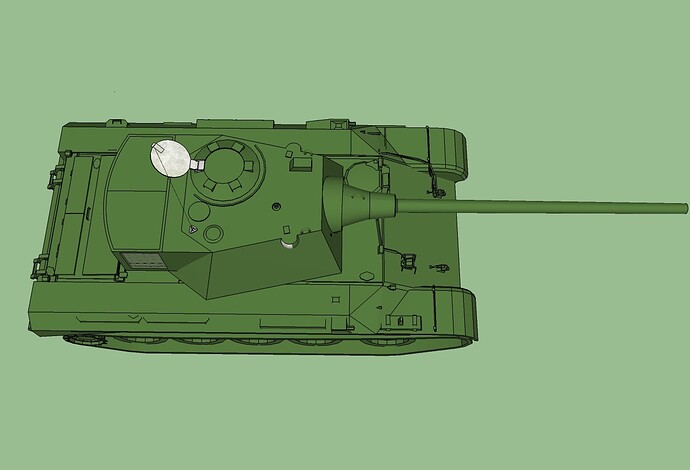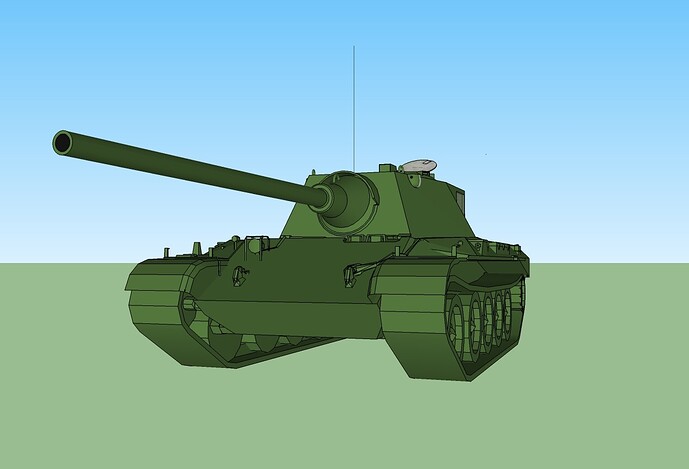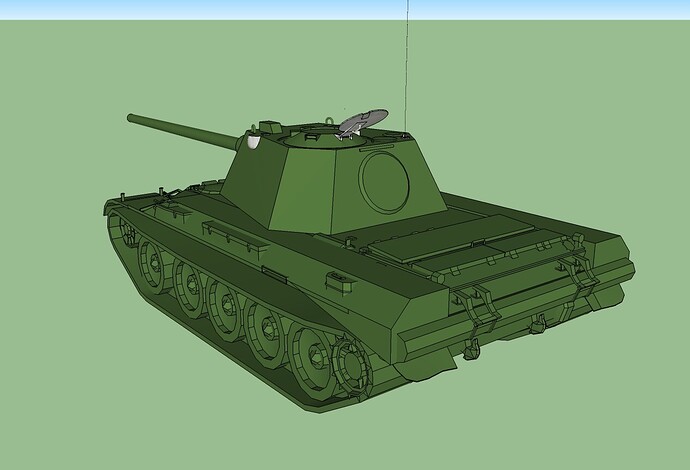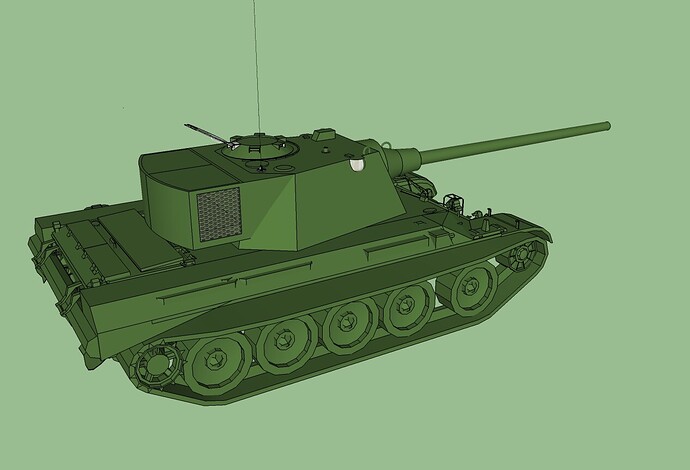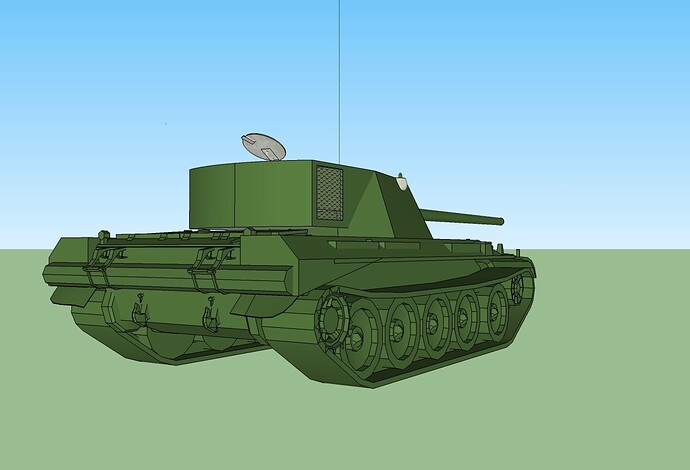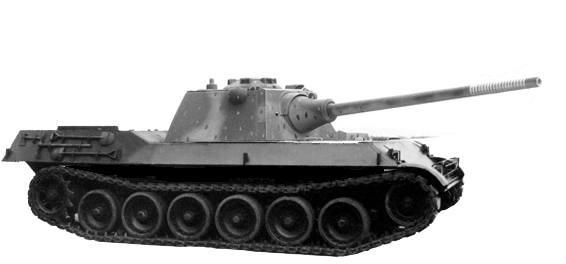What time line are you looking at, you have the E-Series in design for 1945
You also have the so called Indian Panzer designed in the early to mid 1950’s for India by Porsche/Daimler Benz/Tata although the Indians ended up with Centurions and Vickers MBT’s
Article cobbled from several sights which roughly agree with each other - it was mentioned in several books on the Leopard 1 and its development.
In the 1950’s of the post-war world, many German engineers temporarily moved to Switzerland. However, given the lack of work (they had been working on weapons for a long time, after all), they needed to find something to do. Fortunately for the Germans, the Indians came along and opened a bid for an Indian tank.
What resulted from the contest was a joint effort of many German firms: Porsche for overall design, Daimler-Benz MB-837A 8-cyl diesel engine, Zahnradfabrik AG of Friedrichshafen track, Ruhrstahl for turret and gun. Optics and sights, as well as general production, was to be done in India by TATA. The following are the general specifications from that project:
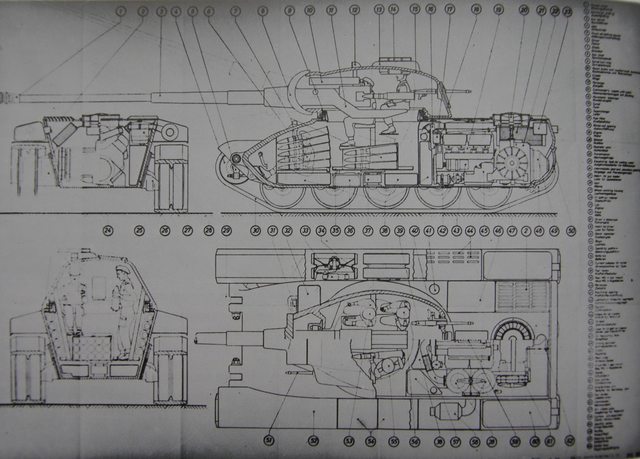
Years of development: 1954-1955.
Weight: Indian demand expected weight about 36-39 tons, the Germans projected about 40 tons.
Crew: 4
Engine: 8-cylinder diesel Daimler-Benz MB-837A, 670 hp
Power to weight ratio: 16.7 hp/ton
Maximum speed: 50 km/h
Caliber gun: 90 mm (Most likely a German adaptation of the 90 mm Gun M3 or the 9 cm PzKan 48)
Armor: Hull 90/90/40, turret 130/70/70, all of it cast
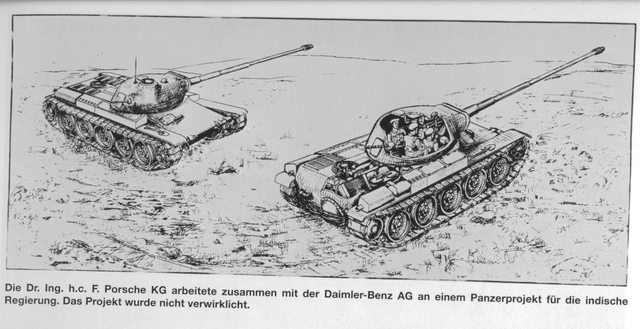
A supposed mock up of the Indian Panzer
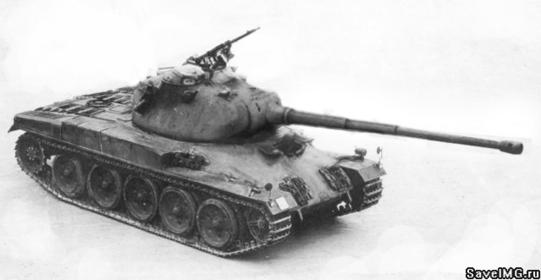
Unfortunately, the Indians did not have the ability to cast such large parts (a problem that would plague many rising tank developers), and the winner was the Vickers with the Vijayanta, which was built entirely from welded rolled steel plates. However, this was not the end of the project, for it was the basis of the KW30, which in turn was the ancestor of the whole line of the Swiss Pz series which were developed with the help of German engineers iirc.
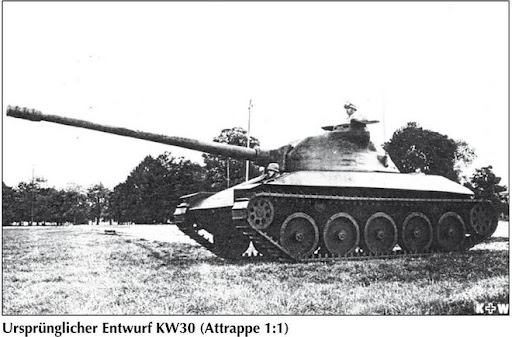
http://www.armeemuseum.ch/uploads/media/Entwicklung_Schweizer_Panzer_01.pdf



